Forests are often called the lungs of the Earth, but that phrase only scratches the surface of their value.
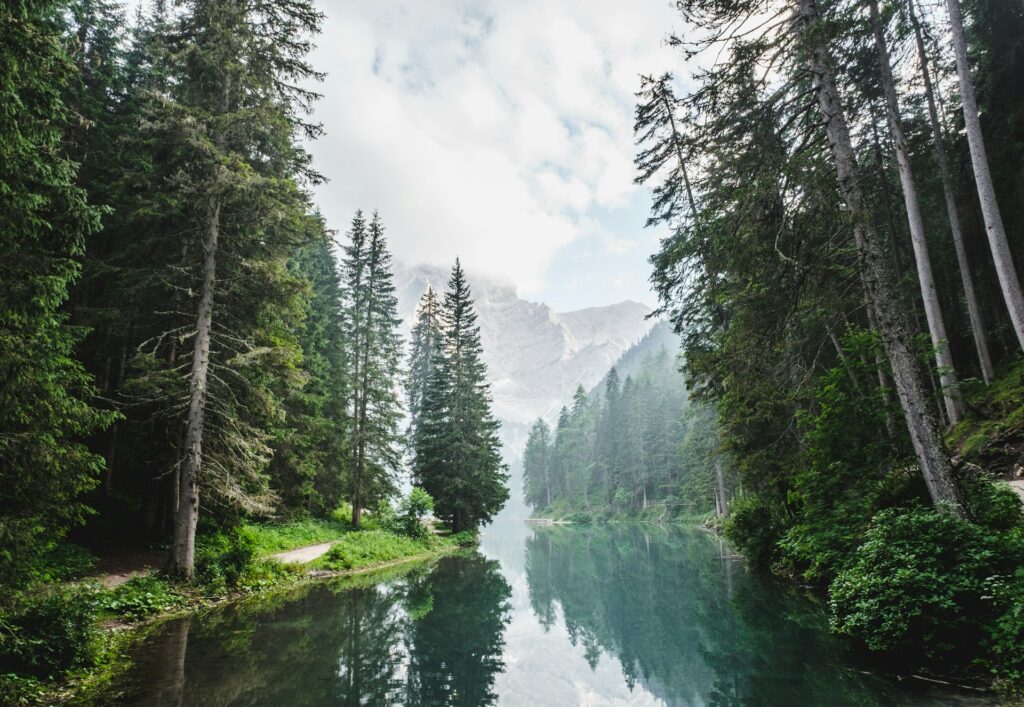
These vast, complex ecosystems are essential to life as we know it. They regulate climate, produce oxygen, absorb carbon dioxide, protect biodiversity, purify water and air, create rainfall, prevent erosion, and support billions of people directly and indirectly. In fact, forests are woven into every aspect of our survival—both seen and unseen. Without forests, the planet would be unrecognisable, and not in a good way.
So why exactly are forests considered the planet’s lifeline? And what happens if we continue to lose them at the rate we are today?
Forests are critical for climate regulation.
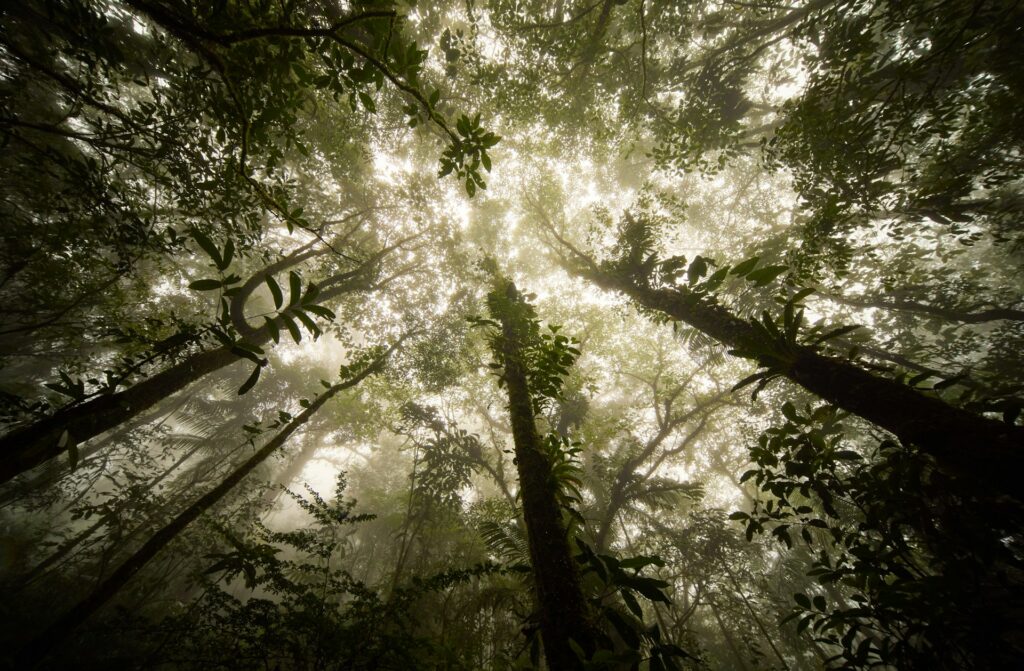
Forests act as one of the most important carbon sinks on Earth. They absorb about a third of the carbon dioxide released from burning fossil fuels each year, per NASA. This helps slow the rate of global warming and keeps the planet from heating up too quickly. Trees take in carbon during photosynthesis and store it in their trunks, roots, and soil for decades, or sometimes centuries.
When forests are cleared or degraded, that stored carbon is released back into the atmosphere, turning forests from carbon sinks into carbon sources. According to the Intergovernmental Panel on Climate Change, deforestation currently accounts for around 10% of global greenhouse gas emissions. Tropical deforestation alone releases approximately 1.5 billion metric tonnes of carbon into the atmosphere each year.
Forests also help regulate local climates by moderating temperatures, increasing humidity, and influencing rainfall. In tropical areas like the Amazon, forests play a vital role in creating their own rain through evapotranspiration. Lose too much forest cover, and the climate patterns that entire regions depend on begin to falter.
They’re home to most of the world’s land-based biodiversity.

Forests are incredibly rich in life. They cover about 31% of the Earth’s land surface but are home to more than 80% of terrestrial species. From jaguars and gorillas to orchids, beetles, and fungi, forests provide shelter, food, and breeding grounds for millions of species.
Tropical rainforests in particular are hotspots for biodiversity. A single hectare of rainforest can contain more than 750 types of trees and 1,500 species of higher plants. But the destruction of forests—especially for logging, agriculture, and mining—destroys habitat faster than species can adapt. Habitat loss remains one of the biggest drivers of extinction today.
Scientists estimate that we lose dozens of species every day due to deforestation. Many of these are species we’ve never even discovered. This loss isn’t just tragic from an ecological perspective; it has practical consequences too. Biodiversity loss affects everything from pollination and food production to disease resistance and medicinal research.
Forests help purify air and water.
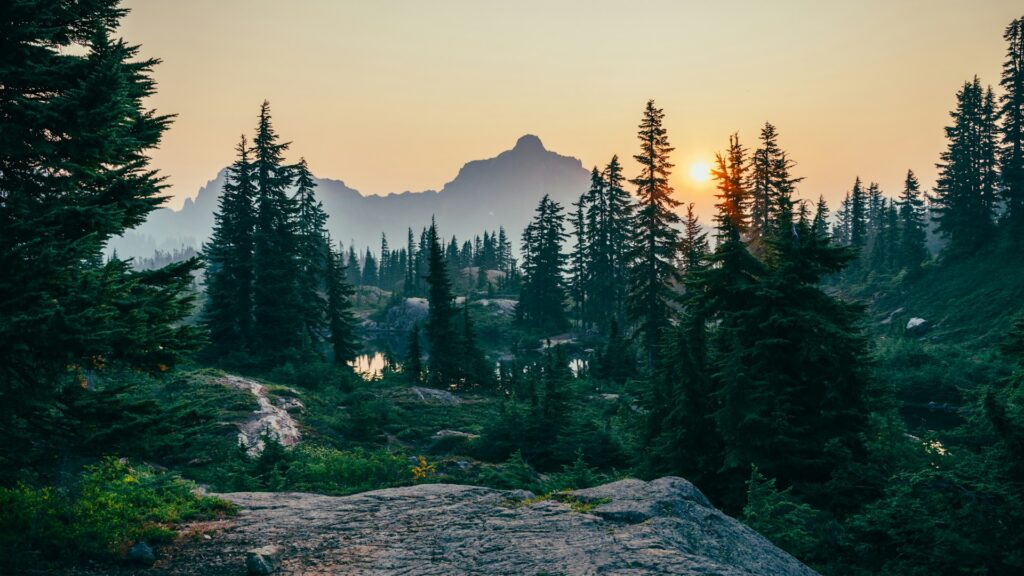
Forests don’t just manage carbon. They clean the air we breathe and the water we drink. Trees absorb pollutants like nitrogen dioxide, ammonia, ozone, and sulphur dioxide. Their leaves and bark trap fine particulate matter that would otherwise end up in our lungs. The World Health Organization has long recognised the role of urban trees in reducing air pollution and protecting human health.
Forests also play a crucial role in maintaining clean water. Rainfall filters through leaves, branches, and soil, picking up nutrients and losing pollutants along the way. This natural filtration system helps recharge aquifers and maintain steady river flows. More than 75% of the world’s accessible freshwater comes from forested watersheds. Without this filtration service, we face increased water treatment costs, water scarcity, and higher flood risks.
They protect against natural disasters.
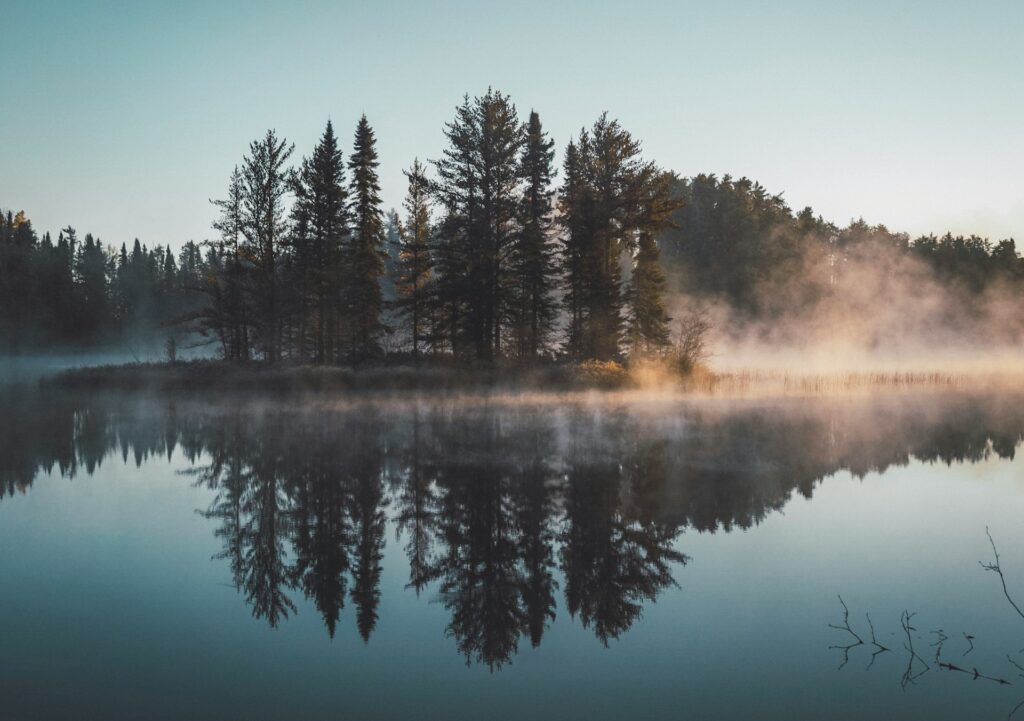
Forests offer a powerful buffer against the impacts of natural disasters. Mangrove forests protect coastal areas from storm surges and tsunamis by absorbing wave energy. According to the UN Environment Programme, healthy mangroves can reduce wave height by up to 66%, potentially saving thousands of lives during extreme weather events.
Inland forests stabilise soil, reduce erosion, and regulate the flow of water during heavy rains. They reduce the likelihood and severity of landslides and flash floods. In mountainous areas, forests help anchor slopes and prevent destructive mudslides.
Deforestation dramatically increases the risk of these disasters. Removing tree cover means less root structure to hold soil, less canopy to absorb rain, and more runoff that can carry debris and cause flooding downstream. As climate change increases the frequency of extreme weather, the protective role of forests becomes even more essential.
Forests are essential to Indigenous cultures and livelihoods.
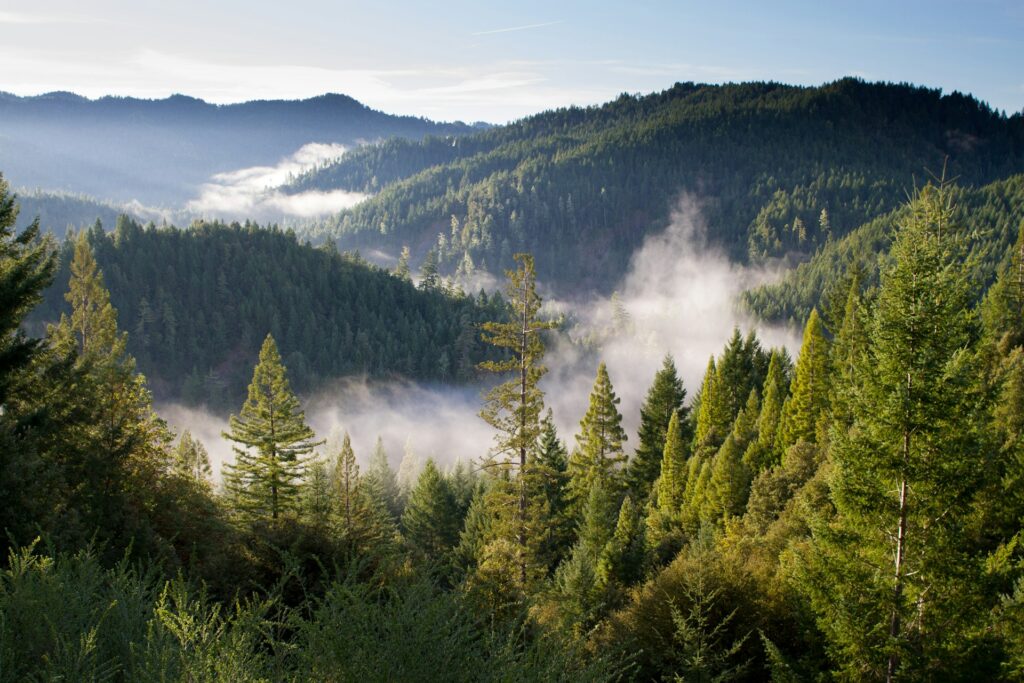
Around 1.6 billion people depend on forests for their livelihoods, according to the World Bank. For many Indigenous communities, forests are more than just a resource—they are a home, a culture, and a way of life. Forests provide food, medicine, materials, and spiritual connection. These communities have developed sustainable land management practices over centuries.
Studies show that forests managed by Indigenous peoples often have lower rates of deforestation than those under government or private control, the World Resources Institute reveals. Yet these groups are increasingly at risk of displacement from land grabs, extractive industries, and poorly planned conservation efforts.
Protecting Indigenous land rights isn’t just a matter of justice—it’s a vital part of protecting the forests themselves.
What happens if we lose them?
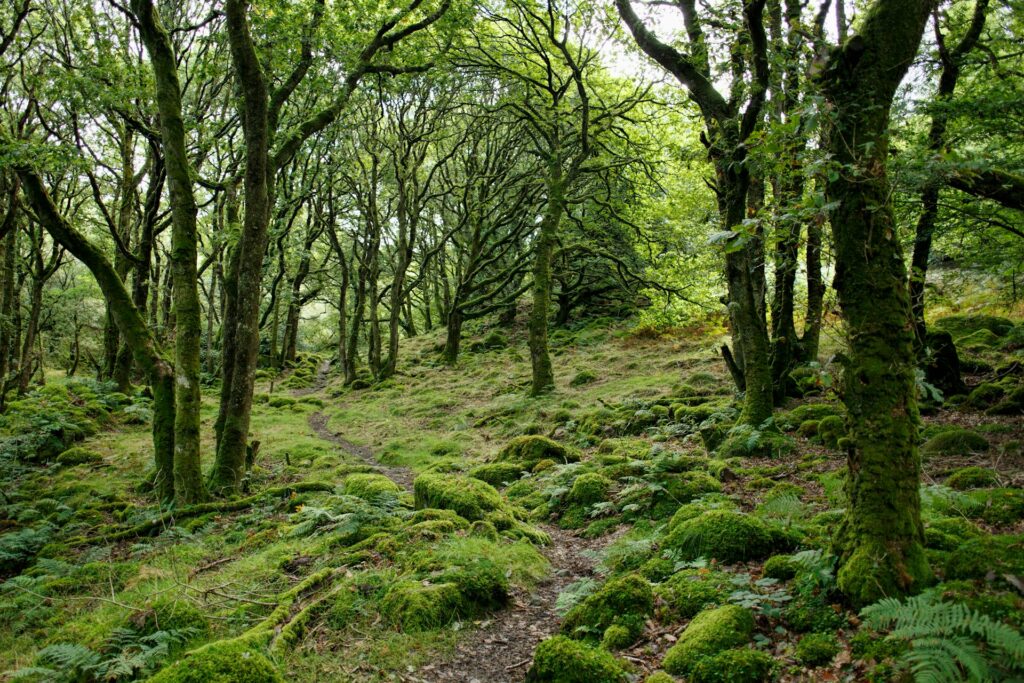
The consequences of forest loss go far beyond a few less trees. The collapse of forest ecosystems would have global, long-term consequences for climate stability, food systems, water availability, public health, and geopolitical security.
Here are just a few of the major risks:
Rising carbon emissions and climate instability. Without forests, our ability to meet climate targets slips away.
Loss of biodiversity. Species extinction affects ecosystems and humans alike, especially those that depend on natural systems for pollination, pest control, or medicine.
Disrupted water cycles. Forests drive rainfall and support river systems. Their loss leads to droughts, floods, and reduced freshwater access.
More zoonotic disease risk. Deforestation increases contact between people and wildlife, heightening the chance of disease spillover, according to a study published in Science.
Increased poverty and displacement. Especially for rural communities who rely on forests for income, food, and shelter.
Food insecurity. Without forest cover, soil degrades, crop yields fall, and climate variability worsens farming conditions.
These impacts will not be limited to the places where trees are lost. Deforestation in the Amazon, for instance, affects rainfall as far away as the US Midwest and contributes to global weather shifts.
What can be done to protect them?
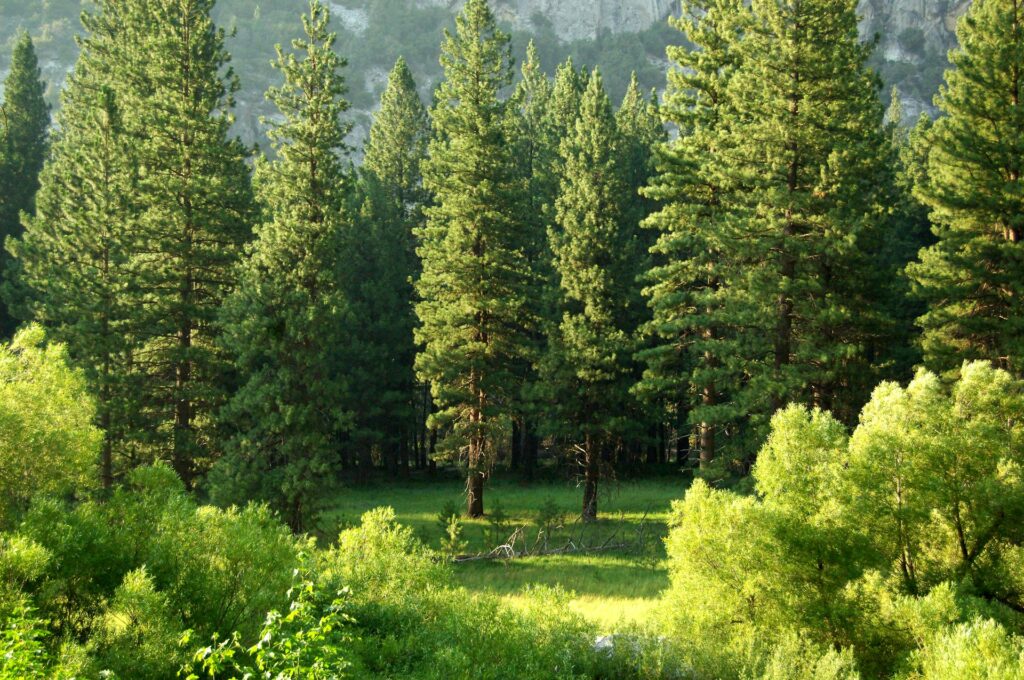
Saving forests requires a mix of global cooperation, national policy, local action, and consumer awareness. The good news is: we already know what works.
Legal protection of old-growth and primary forests must be strengthened and enforced.
Indigenous stewardship should be prioritised and legally supported. Community-managed forests are some of the most intact.
Sustainable agriculture and forestry need to become the norm, not the exception.
Supply chains tied to forest loss—like palm oil, beef, and soy—must be cleaned up through certification, regulation, and consumer pressure.
Reforestation and afforestation projects must use native species and restore ecosystems—not just plant monocultures.
Climate finance should include robust support for forest conservation.
Public education around deforestation and sustainable living is key.
Forests are not optional.
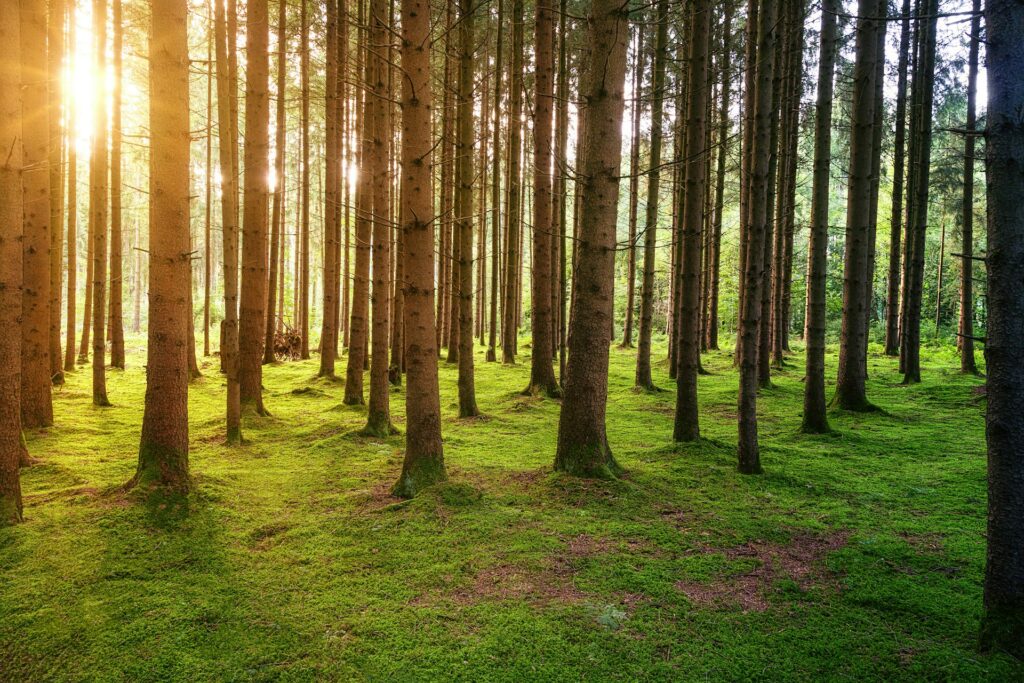
They’re one of the most powerful tools we have for slowing climate change, supporting biodiversity, and ensuring long-term resilience. They make rainfall possible, keep the air breathable, stabilise the land beneath our feet, and support cultures and economies alike.
Losing forests means losing life—not just animal and plant life, but our own chances of living on a healthy, stable planet. It’s not too late to reverse some of the damage, but time is short. Forests don’t just need admiration—they need protection, restoration, and above all, respect. The question is no longer whether we need forests. It’s whether we’ll act in time to save them—and with them, ourselves.